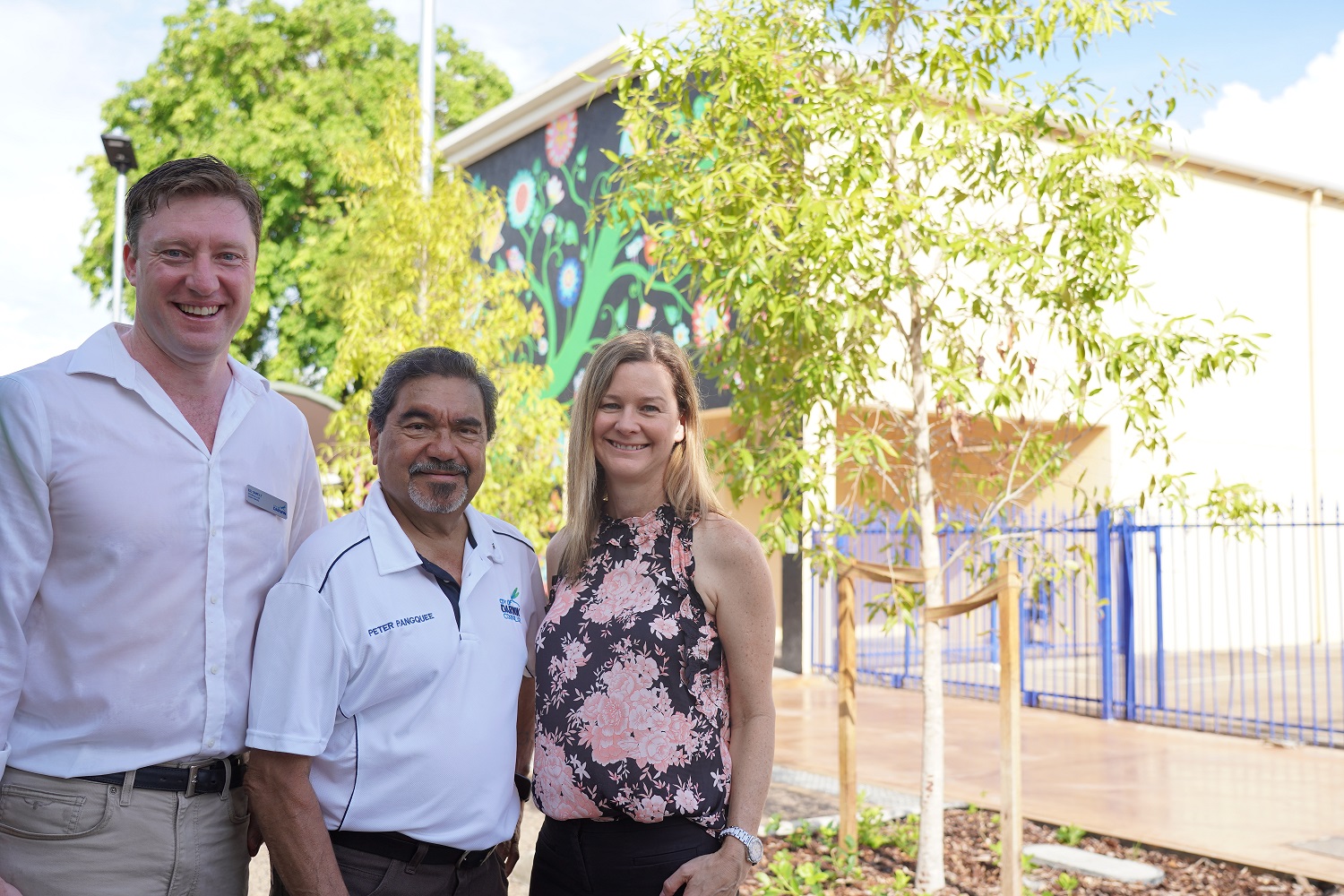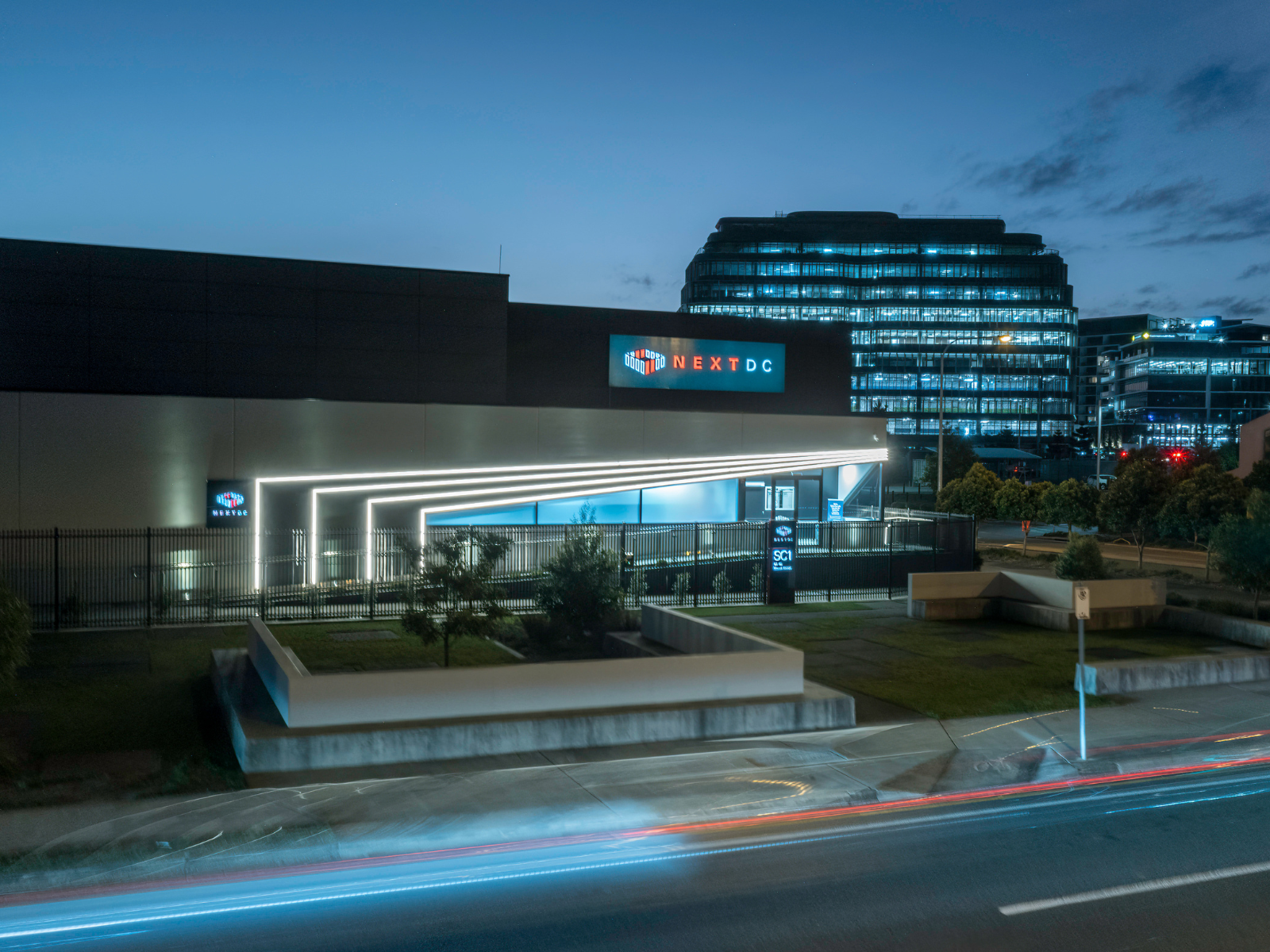
Objective
To increase the availability of elective surgery and hospital activity in a safe and equitable way on a nationally consistent basis. Elective surgery to become available while ensuring surge capacity in the hospital system is maintained to respond to any localised COVID-19 outbreaks that occur.
Context
A large proportion of elective surgery and procedures have been deferred to ensure adequate hospital capacity to respond to COVID-19.
Analysis of available data confirms there has been a substantial drop in hospital activity, across both public and private sectors in response to ³Ô¹ÏÍøÕ¾ Cabinet’s decisions.
³Ô¹ÏÍøÕ¾ Cabinet agreed to restore some elective surgery from Monday 27 April 2020, with the aim to reopen approximately 1 in 4 (25 per cent) of theatre and endoscopy lists currently closed.
Health services and their clinicians were responsible for the selection of patients for these lists based on clinical urgency, PPE use, ICU capacity and consistent with the principles agreed by ³Ô¹ÏÍøÕ¾ Cabinet.
All governments have been monitoring public and private hospital activity, and have reviewed the current situation in light of the restoration of elective surgeries.
- The spread of the COVID-19 outbreak has slowed, with new cases decreasing nationally since the restoration of elective surgeries.
- There is currently still unused hospital capacity in all jurisdictions across both public and private sectors, and harms to patients can be reduced by taking further steps to restore elective surgery
- PPE supplies need to be carefully managed and while there is a need to continue to actively monitor this and manage availability, supply lines are firming.
Given the current situation and Australia’s response to COVID-19, it is now considered safe to increase the level of elective surgery activity in an incremental and cautious way, while maintaining necessary ICU capacity for any localised outbreaks of COVID-19.
Principles for further reintroduction of elective surgery
- Equity of access for all patients determined by clinical decision making and safety.
- Clinical urgency and risk of the health to the patient due to further delays should guide restoration of elective surgeries at the local level and in all cases.
- Particular priority will be given to those patients whose surgery is urgent (Category 1) or who have already waited longer than their specified category wait time (overboundary).
- Preservation and appropriate use of PPE including consideration of:
- Availability, quantity, type and quality to ensure a safe working environment for clinicians and patients;
- Compliance with clear and consistent national guidelines on use of PPE, released by the Commonwealth;
- Hospital and day surgery reporting of PPE usage on a minimum weekly basis (PPE burn rate) in both public and private settings; and
- Ensuring numbers of staff are at a safe and clinically appropriate level.
- Restoration of elective surgery will be consistently applied in both public and private settings.
- Work in the private sector should be consistent with national guidance and agreement with Commonwealth and States regarding COVID-19 NPA and viability guarantee.
- For private hospitals, restoration of elective surgeries need to be agreed with the respective state government, to ensure adherence to state based surgery restrictions, and to ensure there is ample hospital capacity for COVID-19 health response.
- Decisions on elective surgery are subject to local hospital capacity, jurisdiction capacity, transport availability and any other relevant quarantine arrangements in place.
- Every patient undergoes pre-operative risk assessment as per national guidelines.
- Restrictions may be reintroduced depending on whole of system demand constraints related to COVID‑19 and will be based on outcomes of review and reassessment mechanisms. These include Covid-19 outbreaks at a national or State level, PPE supply and usage, availability of medicines. Restrictions may also be introduced at a hospital or regional level in the event of an outbreak or should a second wave of Covid-19 occur.
- ³Ô¹ÏÍøÕ¾ COVID‑19 testing and screening guidelines will be adhered to, in line with the national disease surveillance strategy.
Suggested approach for continued restoration of hospital activity
- States and territories will continue to apply these principles while incrementally increasing the level of surgical activity. Increase in surgical activity will be subject to local circumstances, taking into account the availability of PPE, medicines, ICU capacity and other health system capacity, both for supporting normal activity and for response to potential COVID-19 outbreaks.
- The level of elective surgery activity may vary between states and between regions, depending on local circumstances.
- All states and territories will continue to transparently share information about their available supplies of PPE and medicines, and will ensure there are appropriate arrangements for transferring supplies between hospitals and jurisdictions as needed.
- In line with ³Ô¹ÏÍøÕ¾ Cabinet’s approach to easing other restrictions imposed as part of the COVID-19 response, the easing of elective surgery restrictions and restoration of hospital activity involves 3 stages.
- It is a decision of each jurisdiction to determine which stage applies to its circumstances and the level of normal surgical activity is safely restored in line with the agreed principles. Within jurisdictions there may be differing stages applied by geographic region dependent on local factors noting the over-arching principles must be adhered to.
- Stage 1 – up to 50 per cent of normal surgical activity levels (including reportable and non-reportable);
- Stage 2 – up to 75 per cent of normal surgical activity levels (including reportable and non-reportable);
- Stage 3 – up to 100 per cent of normal surgical activity levels (including reportable and non-reportable) or as close to normal activity levels as is safely possible.
- Private Hospitals should mirror their own state’s approach to surgical activity unless agreed otherwise with the relevant state.
Arrangements for personal protective equipment
- States will continue to source PPE for public patients.
- Private hospitals will continue to source PPE through their own procurement processes.
- The ³Ô¹ÏÍøÕ¾ Medical Stockpile will only be made available to support the response to COVID-19 impacts.
- The ³Ô¹ÏÍøÕ¾ Medical Stockpile should not be used for elective activity. Where a jurisdiction uses up its own supply of PPE due to increasing surgical activity to a level where it becomes reliant on the ³Ô¹ÏÍøÕ¾ Medical Stockpile, further distribution from the ³Ô¹ÏÍøÕ¾ Medical Stockpile will be restricted to avoid any inequity of access by other jurisdictions.
Further review
- The level of elective surgery will be reviewed monthly from May 2020 by the Australian Health Ministers’ Advisory Council (AHMAC), to ensure that it remains safe and sustainable, and in line with the agreed principles.
- Elective surgery activity may be reduced, on a national, state or local basis, in response to future COVID-19 outbreaks.
- To support ongoing monitoring and review, all states will continue to prioritise contributing timely and accurate data to the AIHW Cap and Act data set and the CHRIS system for ICUs, with particular emphasis on the provision of data from all public and private hospitals providing admitted patient care and on ICU surge capacity.
- All states and territories will work collaboratively to help redistribute stock of critical ICU medicines between hospitals where needed, to support access to surgery and avoid shortages or significant impacts on supply chains.
Read from the AHPPC.








